Flood Insurance
The Federal Emergency Management Agency administers the National Flood Insurance Program (NFIP), which is made available to the public through a network of around 60 insurance companies.
Flooding can occur anywhere, and it’s important to note that most homeowner’s insurance policies do NOT cover flood damage. If you have a mortgage, it’s recommended to have flood insurance in addition to your homeowner’s insurance.
Flood insurance is a separate policy that can cover buildings, contents, or both. Therefore, having this insurance is crucial to safeguard your business’s financial assets and personal life.
- Business
- Dwelling
- Property
Why is flood insurance important? Atmospheric events can be unpredictable. Intense rainfall, severe storms, or melting snow can lead to unexpected damage to our properties. Floods can occur even if you’re not located near a body of water.
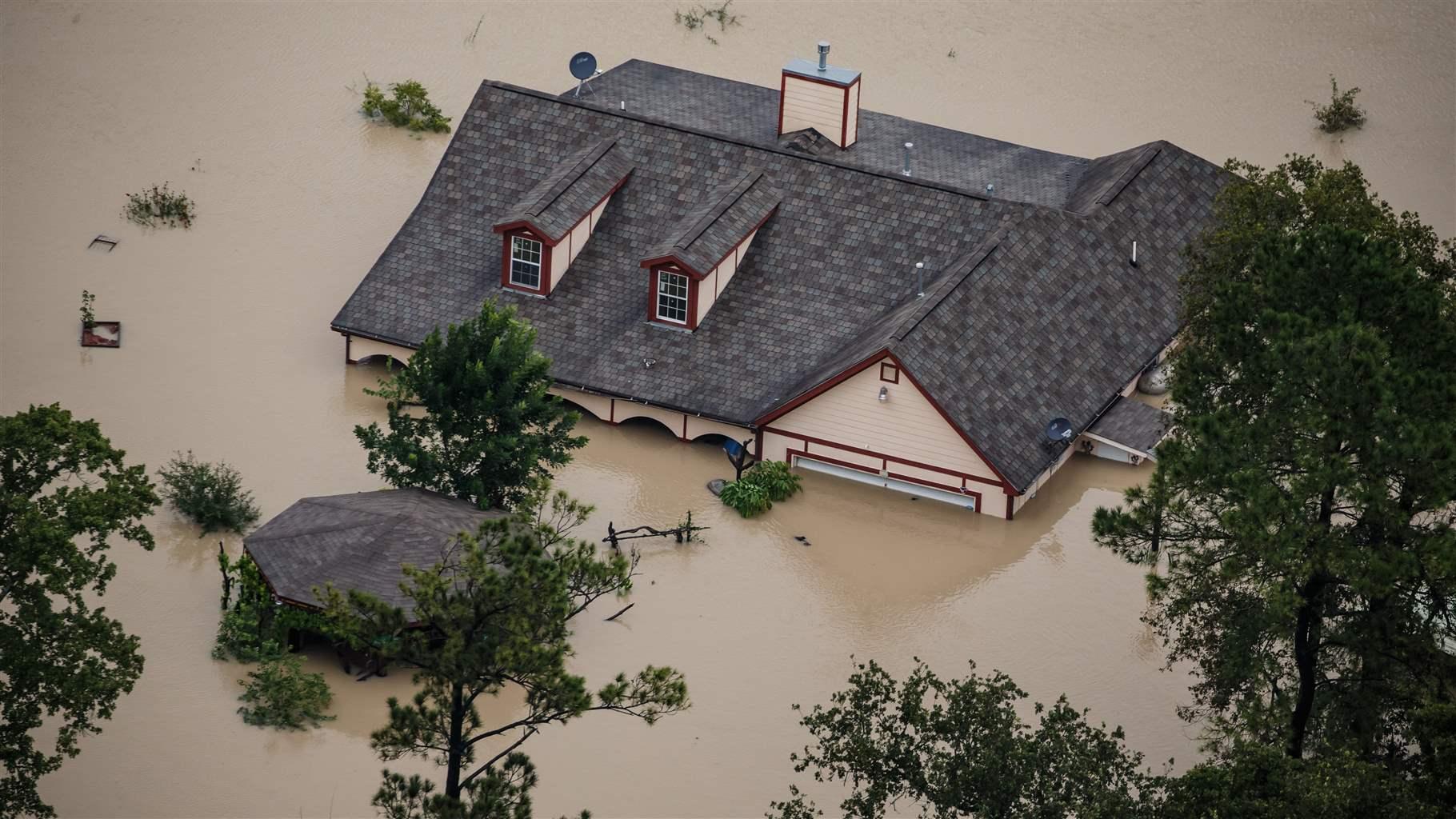
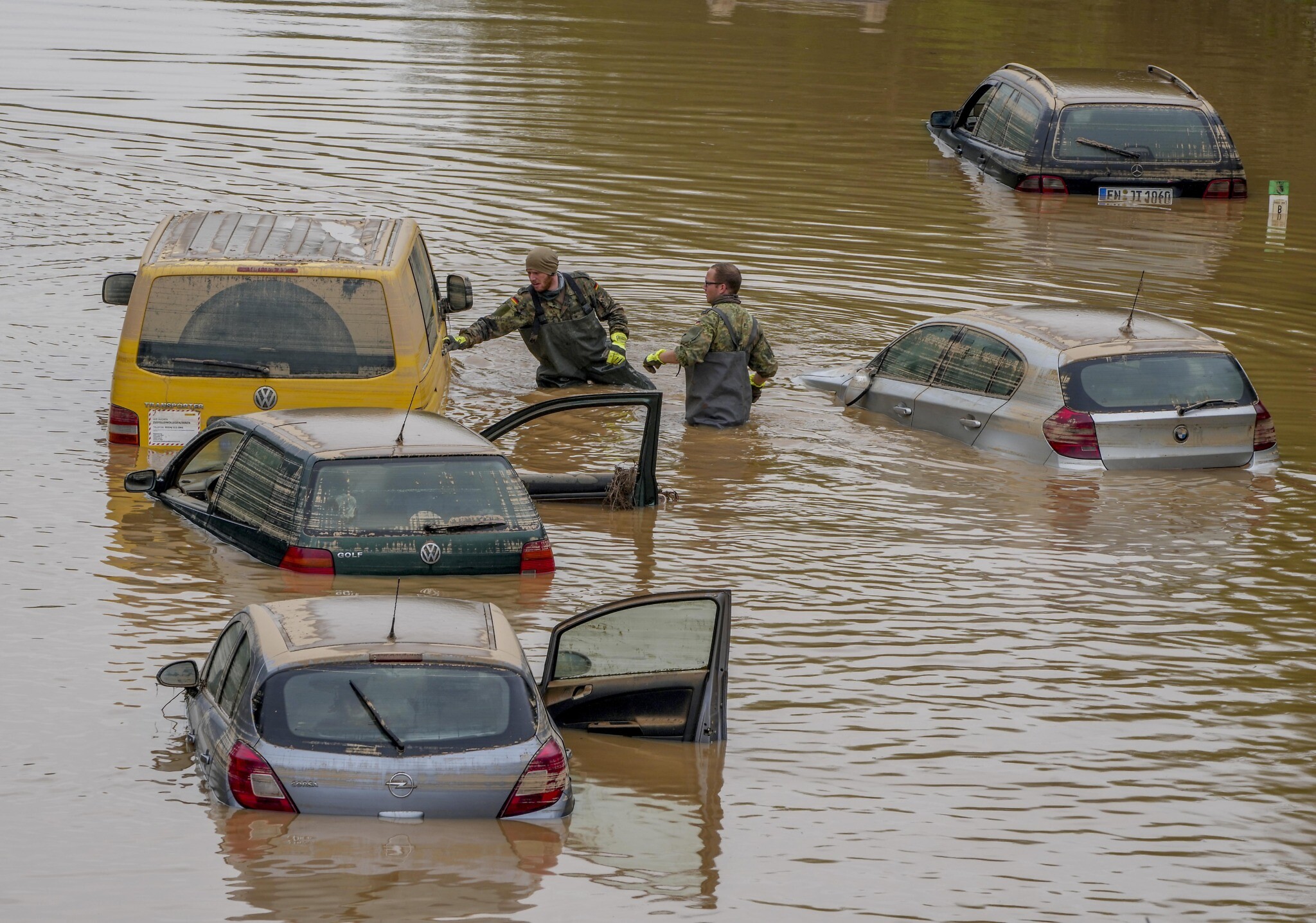
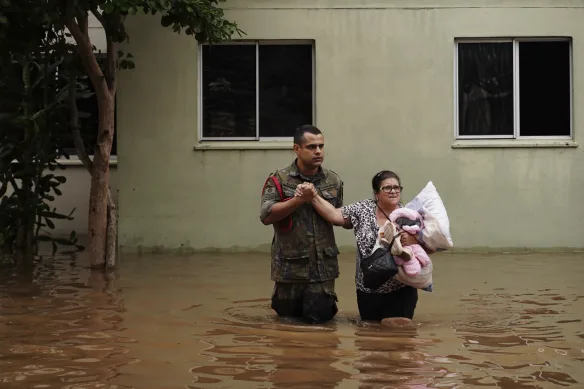
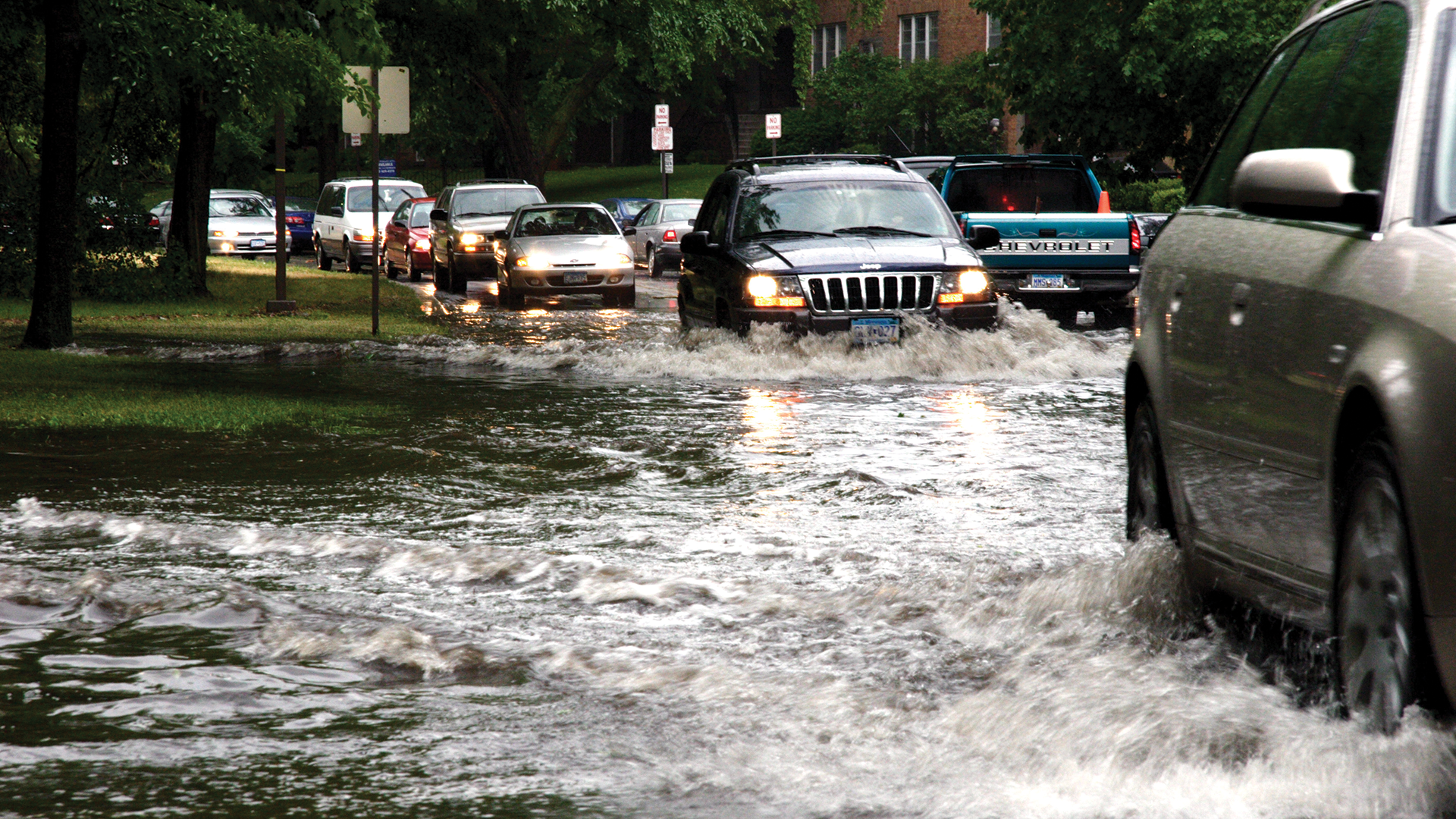
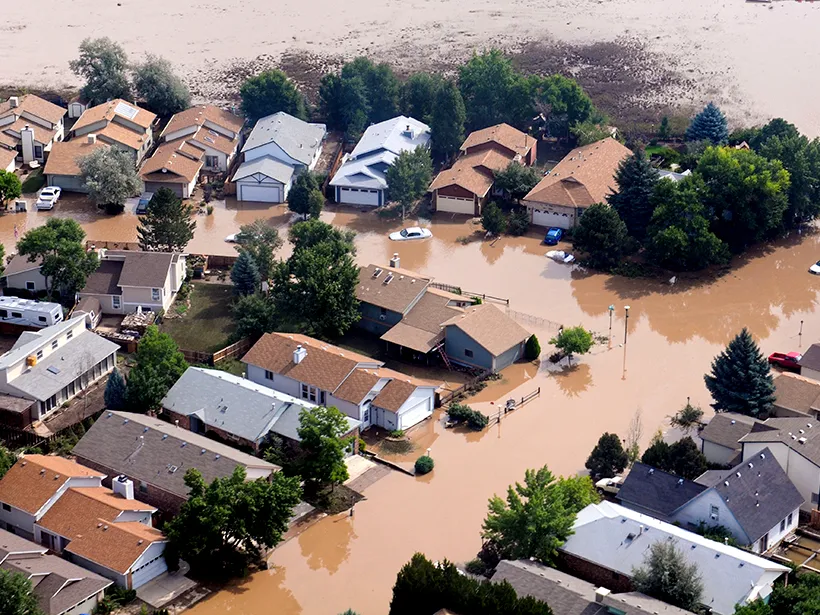
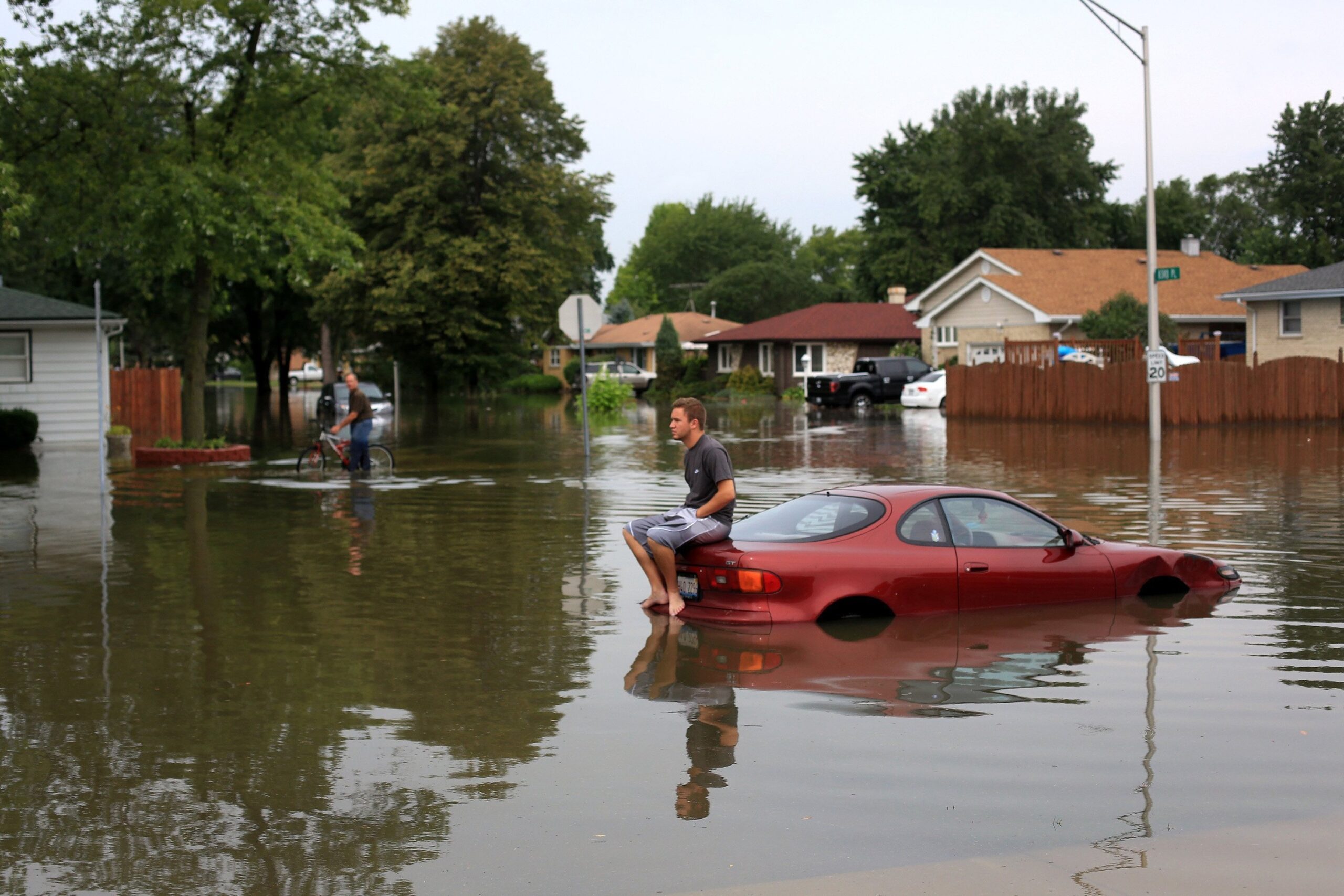

What can I do if my property floods?
Here’s your text with some minor adjustments for clarity and flow:
1. Prevent Water Entry: Unless flooding is caused by weather factors, your initial step is to locate and block the water source. The simplest way to halt a water leak is by shutting off the house’s main water valve.
2. Turn Off Electricity: After stopping the water inflow, switch off all electrical systems within your home. If you can’t access the fuse box without encountering water, contact an electrician promptly.
3. Evacuate Safely: If flooding stems from a burst pipe or sewage issue, evacuate your home and find a dry space outside. Ensure the safety of all family members, including pets. In case of a natural disaster, consult local authorities for temporary shelter options.
4. Seek Assistance: If a family member sustains injuries, call emergency services immediately. Regardless of home damage, prioritize the well-being of your loved ones. After confirming everyone’s safety, you can contact the relevant parties to manage property damage:
– If you’re a tenant: inform your landlord about the situation.
– If you’re a homeowner: notify your insurance company about the flood.
5. Document Thoroughly: Before cleaning or repairing damage, document it to display the extent of harm to your insurer. Use your cell phone’s camera to record or photograph affected areas. Remember that floodwater might contain traces of sewage, so ensure you wear proper safety equipment before entering your home.
6. Clean and Restore: The post-flood cleanup process is extensive and demanding. You’ll need to remove water, dry spaces, salvage personal belongings, and disinfect affected areas and objects. Just like the previous step, ensure you undertake these tasks while wearing appropriate safety gear.
If you can’t find the answer to your question, please don’t hesitate to get in touch with us at info@aicofinancialpr.com. We’re here to help!
Flood insurance for homeowners, renters, and businesses offers coverage that aids in a quicker recovery once floodwaters subside.
Obtaining flood insurance is straightforward and uncomplicated. You can purchase flood insurance policies through an insurance representative or directly from an insurance company. Just a single call to AICO Financial’s offices is all you need to receive a complimentary consultation and a customized quote.
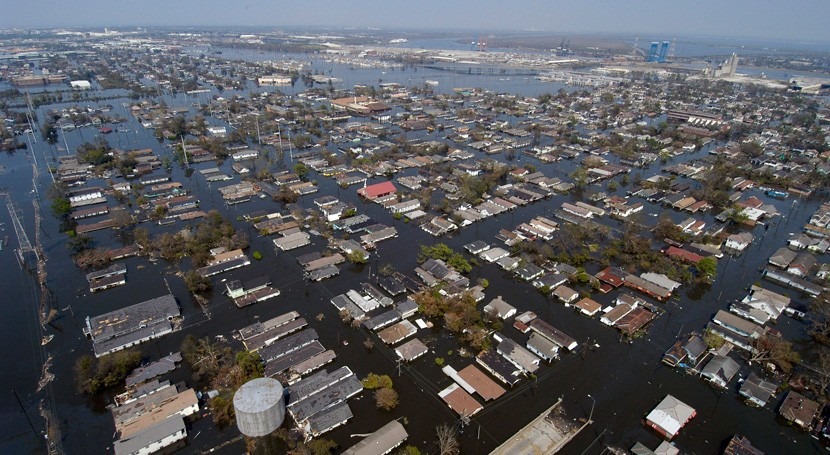
Let a Dedicated Financial Expert Secure Your Future. Get a Consultation
Contact us today to learn how our tailored financial and insurance services can protect what matters most to you.
Testimonials
What Our Clients Says
Aico la mejor compañía de seguros de Puerto Rico. Gracias Cesar por siempre siempre recomendarme los mejores productos y darme el mejor servicio. 💯

Me resolvieron rápido la reclamación del huracán. Altamente recomendados!

Aico la mejor compañía de seguros de Puerto Rico. Gracias Cesar por siempre siempre recomendarme los mejores productos y darme el mejor servicio. 💯

Si buscas a alguien que te pueda ayudar con tus seguros, César Santos es la persona que te puede ayudar.

